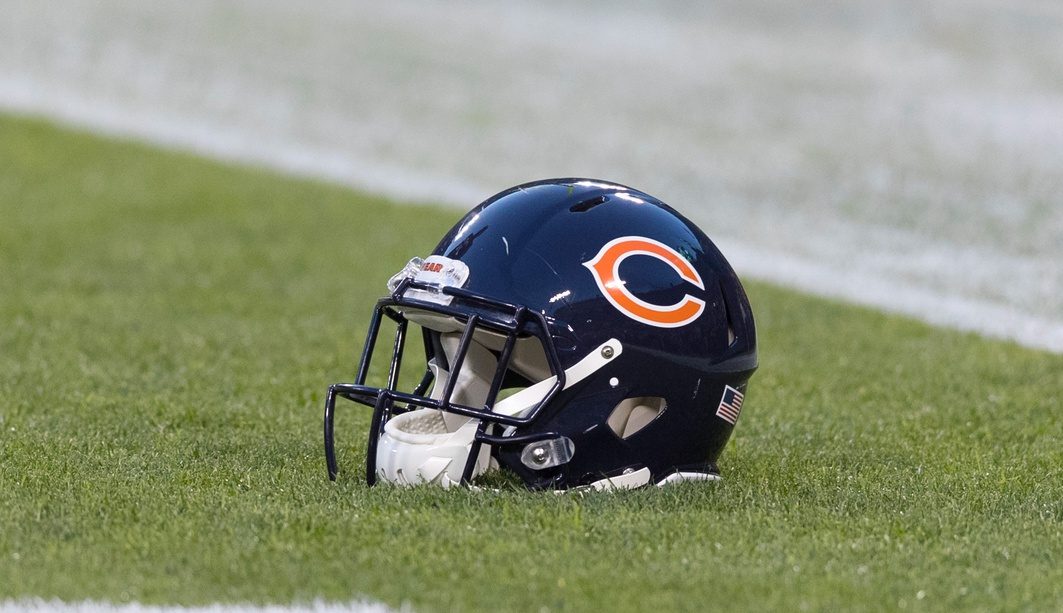As a result of the Bountygate scandal involving the New Orleans Saints’ pay-for-hits program, head coach Sean Payton was barred from the NFL for the 2013 season. One very important stipulation of the suspension states that Payton is “prohibited from direct or indirect communication of any sort with employees of the 32 clubs, including through third parties; and such prohibited communications shall include, but are not limited to, phone or electronic contact.”
There’s only one small problem with such gag orders: the NFL doesn’t really have the means to enforce them. It’s one thing keep a guy away from team facilities. That’s easy, you just tell every security guard to be on the lookout for the guy who’s been around every day since 2006. But monitoring all communication? That’s a different beast — and some New York Giants players are questioning Payton’s compliance with the league’s orders. Count punter Steve Weatherford as a non-believer:
Of course he will get his message to them somehow. I’m not saying anything about Sean Payton as a person or anything, but I think any coach would do that. It’s not like he’s just going to sit at home and watch the games and not have any thoughts. His message will be heard.
So how would Payton succeed in skirting the rules? The New York Times went so far as to consult Rick Nelson, a counterterrorism and intelligence expert — The NFL is serious business, folks — about possible deception tactics Payton could use to veil his communication: dummy Twitter accounts, encrypted e-mails, disposable cell phones (because Sean Payton really is Marlo Stanfield). However, Nelson believes Payton is being a good boy, and for the same reason most people follow the rules: they want their job back.
No one wants to lose their clearance. That’s No. 1. So even if you want to talk right then, you don’t. It’s a risk-based decision and I’d imagine Payton is facing the same thing.
Even if he thinks he’s got the secret to winning this game, the choice is the same as an agent’s: is the reward of talking about it worth the risk of being exposed?
via New York Times







